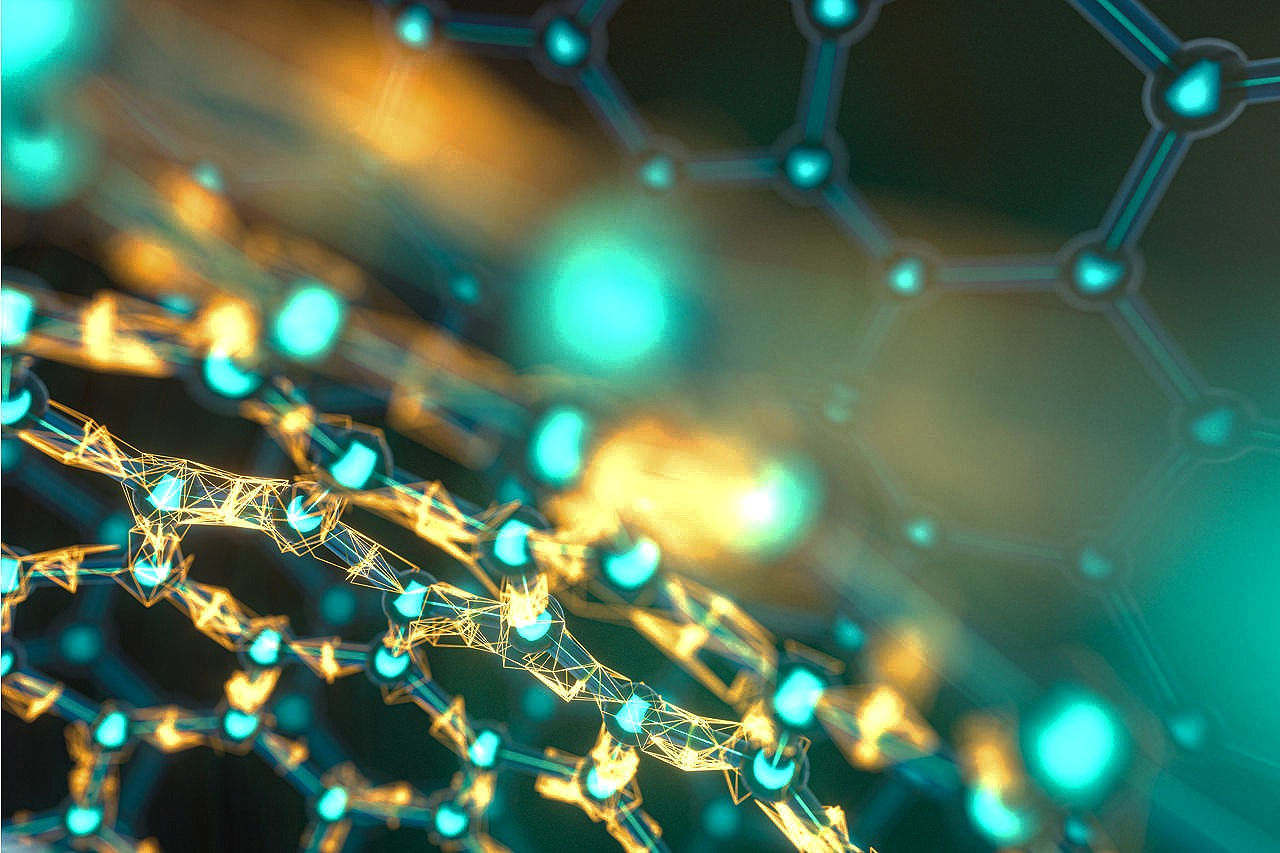
GENE SYNTHESIS & SEQUENCING
GENE SEQUENCING:
1. The decreased value of DNA sequencing permits for greater green first-class tracking of massive quantities of DNA synthesis. The 2nd essential permitting era for artificial biology is the ‘reading' or sequencing of DNA.
2. DNA is made of 4 bases. These are usually paired in pairs of two - T with A and G with C. A base pair is a unmarried pairing of, say, T and A. (bp). As a result, the genome of a positive organism is taken into consideration to have a positive wide variety of base pairs. The genome is the entire content material of DNA for a positive organism; it gives whole commands for growing any kind of protein, cell, tissue, organ, and so on.
3. The sequencing of whole genomes of numerous species has yielded plenty of records at the chassis inside which artificial biologists try and construct purposeful devices. (The habitats into which artificial DNA is positioned are known as chassis.)
WHAT ARE CHASSIS?
The artificial DNA is optimised for functioning inside the chassis, which serves because the host for the reaction, whether or not it's a primary organic switch, an oscillator, or a biosensor. In artificial biology, the chassis is commonly known as the 'hardware,' whilst the artificial DNA is known as the software. Furthermore, sequencing is utilised to verify that changed quantities of DNA, or maybe complete organisms, were created.
GENE SYNTHESIS:
1. After a genome has been sequenced, the following step can be to write,' or synthesize, all or a part of it. Customized DNA synthesis is a crucial enabler generation for artificial biology. There is lots of financial interest taking place across the provision of DNA constructs starting from one hundred to 1,000 bp.
2. In artificial biology, a tool can be constructed with the aid of using blending pre-current bioparts from a registry of elements and new bioparts evolved in particular for the tool. Alternatively, as a substitute of being constructed from bioparts, the blended bioparts can be synthesised at once as an unmarried collection of DNA.
3. Standard molecular biology processes making use of plasmid vectors and micro-organism are used to create the very last meeting of artificial DNA constructs. This ultimate segment is now rate-limiting, and tries to automate it are being pursued. As the scale of the DNA sequences grows larger, this method is in all likelihood to fail.
4. For artificial genome transfer, those big DNA molecules might also additionally want to be packed the usage of molecules like histones (the number one protein additives of chromatin), which feature as spools around which the DNA coils. The DNA can be positioned withinside the cell's nucleus without inflicting any harm the usage of this approach.
5. Synthetic oligonucleotides for gene synthesis are normally produced making use of phosphoramidite chemistry strategies on both traditional column-primarily based totally or microarray-primarily based totally synthesisers.
COLUMN BASED OLIGONUCLEOTIDE SYNTHESIS:
1. A four-step chain elongation cycle that provides one base every cycle onto a growing oligonucleotide chain related to a stable assist matrix is the maximum broadly utilised phosphoramidite synthesis process.
2. In the primary stage, trichloroacetic acid is used to deprotect a dimethoxy trityl (DMT)-covered nucleoside phosphoramidite this is linked to a stable assist (regularly housed inside a synthesis column). This turns on the phosphoramidite certain to the assist for chain elongation with the subsequent phosphoramidite monomer.
3. The subsequent base withinside the collection is delivered withinside the shape of a DMT-covered phosphoramidite and is coupled to the 50 -hydroxyl institution of the preceding nucleoside phosphoramidite withinside the collection, forming a phosphite triester. thirdly, any unreacted 50 -hydroxyl companies are capped through acylation, rendering any unextended sequences inert in next rounds of the chain elongation cycle.
4. Once the specified collection from 30 to 50 has been synthesised, the oligonucleotide is chemically cut up off the stable synthesis assist, and the protecting companies at the bases and determination are removed.
5. This method lends itself properly to automation and serves as the inspiration for oligonucleotide synthesisers able to generate 96-1536 precise oligonucleotides on the equal time.
MICROARRAY-BASED OLIGONUCLEOTIDE SYNTHESIS:
1. An opportunity to conventional column-primarily based totally oligonucleotide synthesis has emerged from using microarray oligonucleotide synthesis. These technologies, which had been at the start evolved for generating oligonucleotide microarrays for diagnostic applications, have emerged as a promising low-fee opportunity to column-primarily based totally oligonucleotide synthesis.
2. Early variations of those synthesizers synthesized the oligonucleotides connected to a microchip floor the use of an amendment of the phosphoramidite synthesis process.
GENE SYNTHESIS FROM OLIGONUCLEOTIDES:
1. Because DNA is a polymer composed of 4 awesome nucleotide monomers, gene synthesis and DNA meeting strategies are basically hierarchical polymer synthesis. Individual phosphoramidite monomers are joined to shape person oligonucleotides 60–a hundred nt in duration for artificial DNA.
2. To make an artificial double-stranded DNA (synthon) from single-stranded oligonucleotides, adjoining oligonucleotides are designed to comprise overlapping sequences among the oligonucleotides encoded at the opposing strands of the DNA duplex and are assembled collectively for the duration of the gene synthesis manner to make double-stranded synthons ranging in duration from 2 hundred to 2000 bp.
3. Sequence-demonstrated synthons may also ultimately be blended into larger artificial DNA systems encoding complete metabolic pathways or genomes the usage of a lot of approaches.
4. All of those strategies hire single-stranded artificial oligonucleotides with corresponding overlapping sequences among neighbouring oligonucleotides to assemble double-stranded DNA synthons thru PCR and a thermostable DNA polymerase.
5. There are numerous strategies for assembling nucleotides collectively, however, the very last end result is the same: a double-stranded DNA (dsDNA) synthon. The polymerase cycle meeting (PCA) method is via way of means of some distance the maximum extensively used approach for assembling DNA synthons from oligonucleotides.